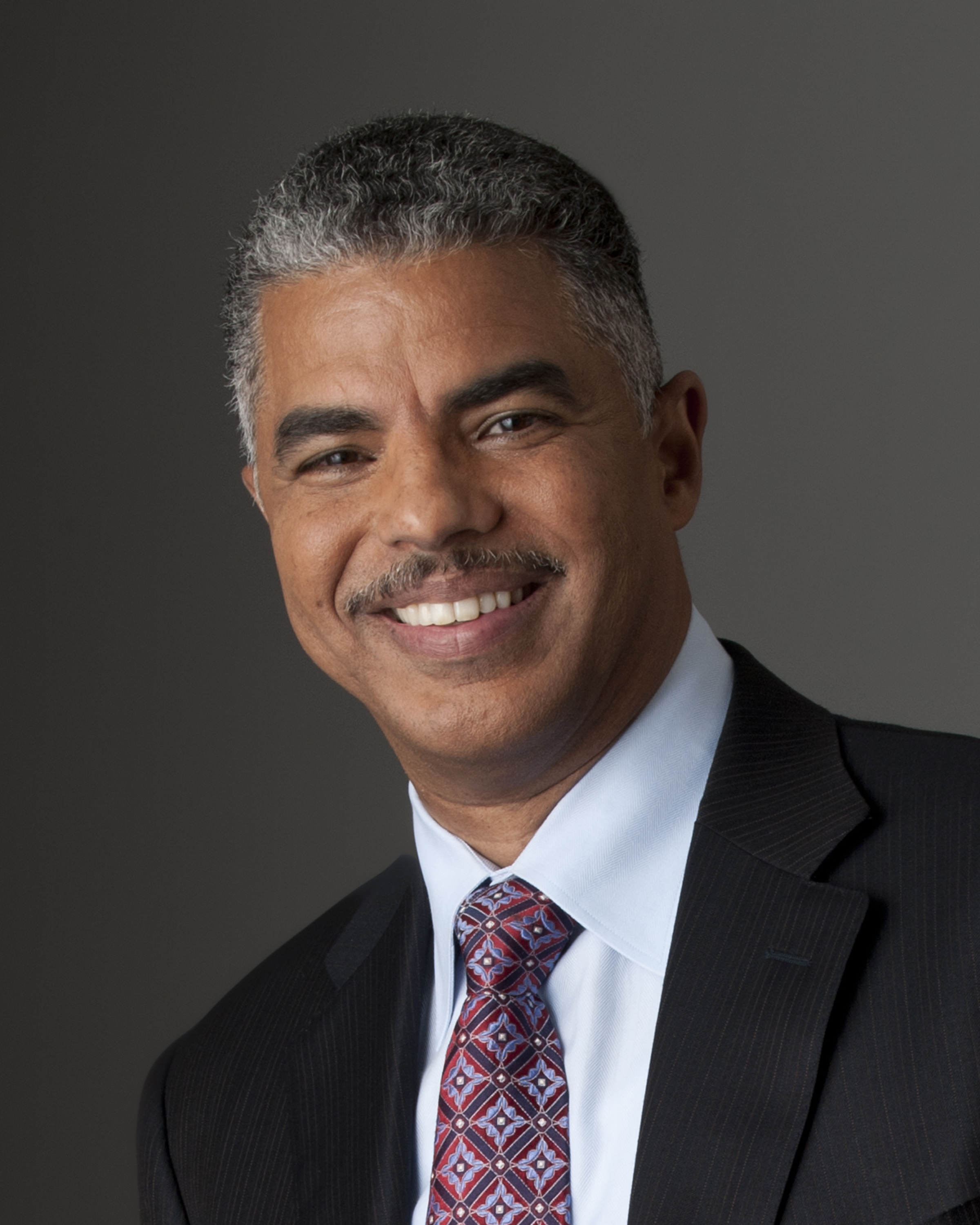System/Policy
Facing loss of state funding, West Virginia Public Broadcasting plans for layoffs
WVPB estimates it will need to lay off 15 full-time staffers by the end of the month.Miami school district drops push to manage WLRN newsroom
A controversial proposal to restructure the station is reportedly off the table.WPBO in Ohio goes for $8.8M in spectrum auction
Licensee Ohio State University is giving all proceeds to its WOSU in Columbus.NPR adds training role for head of diversity Keith Woods
The network created an executive role for its training division to demonstrate that its “commitment to training is absolutely essential.”White House cancels Obama nominations for CPB Board, FCC
The White House has not contacted CPB about any new nominations.APTS honors Sens. Blunt, Leahy as champions of public broadcasting
APTS also recognized two executives working within public media.North Carolina radio station to launch all-news network
WCQS is also rebranding as Blue Ridge Public Radio.As spectrum auction winds down, some public TV stations must plan moves to new channels
State networks in Maryland and Mississippi are among those facing big engineering projects.Licensee of California’s KVCR receives $157M in spectrum auction
The San Bernardino Community College District announced Monday that the FCC accepted its bid to move to a VHF channel.As it defines relationship with stations, NPR gains board approval for price hike
NPR will focus on greater collaboration with its member stations over the term of the three-year pricing plan.TV broadcasters get another shot at leveraging channels into cash
As the spectrum auction winds down, the FCC plans to open another opportunity for stations to negotiate channel-sharing deals.Howard University decides it won’t sell WHUT in spectrum auction
University president Wayne A. I. Frederick said the school “voluntarily withdrew from the auction when it became apparent that the relatively low ...DOJ subpoenas former OPB reporter in Malheur Refuge trial
John Sepulvado was subpoenaed to testify in federal court next week.Vermont PBS gains $56M from sale in spectrum auction
The station plans to invest the proceeds in programming.Licensee sells Kentucky’s WNKU to religious broadcaster
The Bible Broadcasting Corp. will pay $1.9 million for the station.







